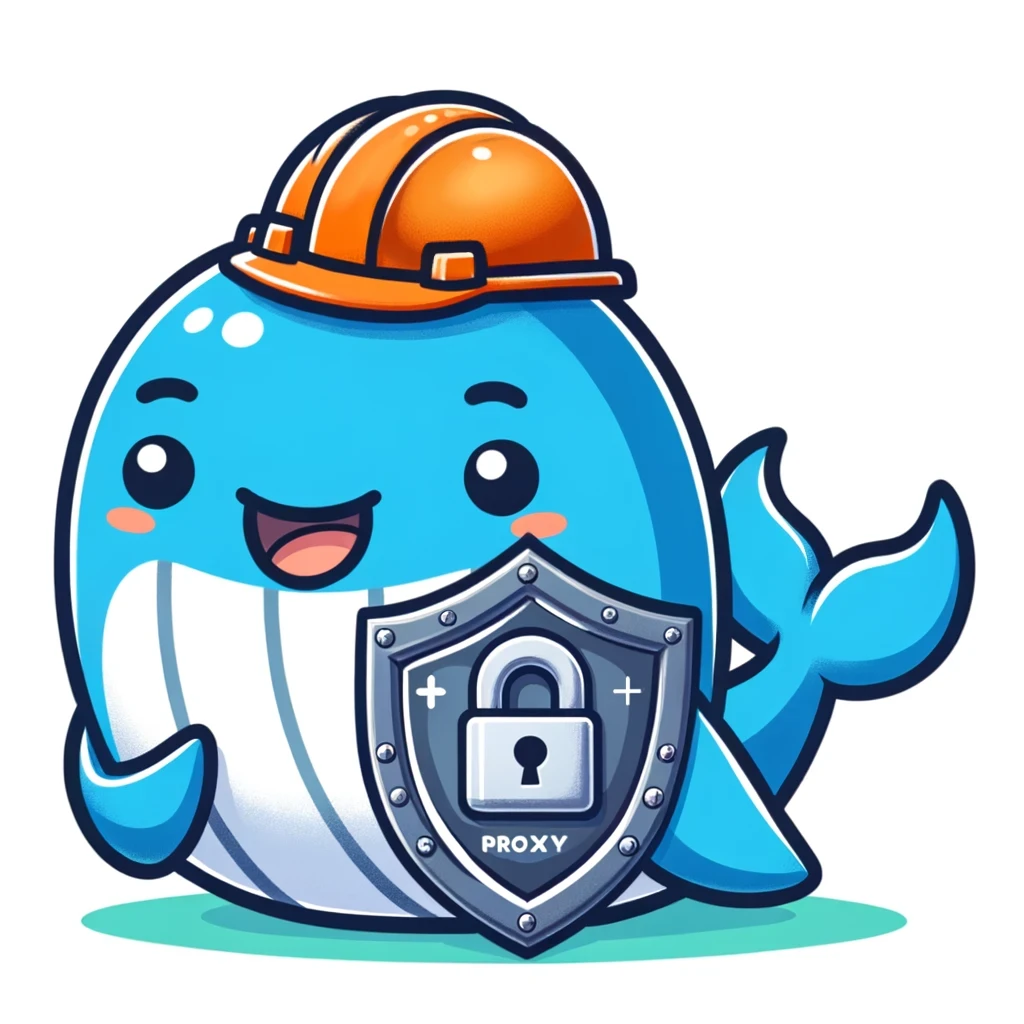This is a blog post on how and why I created DockyMcProxy.
From Frustration to Innovation
One spring day, while working with the node-oidc-provider, I faced a frustrating challenge. The OIDC provider required an HTTPS certificate and the matrix server I was integrating the OIDC Provider with refused to accept self-signed ones, making local development cumbersome. I needed a solution that provided trusted certificates and simplified the reverse proxy setup for my local environment.
The Magic of Traefik.me
In my search for a solution, I discovered traefik.me. Similar to nip.io, traefik.me is a magic domain name that provides wildcard DNS for any IP address. This service allows you to map IP addresses to domain names effortlessly, making it simple to access virtual hosts on your development web server from various devices on your local network. For example:
10.0.0.1.traefik.meresolves to10.0.0.1www.10.0.0.1.traefik.meresolves to10.0.0.1mysite.traefik.meresolves to127.0.0.1
Traefik.me also provides SSL certificates for these domains, allowing you to create secure connections for your local services. This is a great feature but requires a reverse proxy to serve the certificates and redirect the incoming requests to the correct ports.
Rust to the Rescue
To address this challenge, I created DockyMcProxy using Rust. Why Rust? Mostly because I wanted to learn Rust and its ecosystem. I had dabbled with the language before, but this project gave me a chance to dive deeper into its capabilities.
How DockyMcProxy Works
 A DockyMcProxy in the wild. Generated by DALL-E.
A DockyMcProxy in the wild. Generated by DALL-E.
DockyMcProxy is designed to streamline the process of setting up a local HTTPS reverse proxy using NGINX. Here's a high-level overview of how it works:
-
Setup: DockyMcProxy is configured using environment variables or a CLI. Each environment variable defines a subdomain and the port it should redirect to. For example, setting
D_EXAMPLE=8080will redirectexample.traefik.metolocalhost:8080. -
NGINX Templates: DockyMcProxy uses a template-based approach to manage NGINX configuration files. When you add a new subdomain, it generates an NGINX configuration file from a template.
-
SSL Certificates: DockyMcProxy serves the SSL certificates provided by traefik.me to create a secure connection for each subdomain.
-
NGINX Reload: After making changes to the configuration (such as adding or removing a subdomain), DockyMcProxy reloads NGINX to apply the changes without downtime.
-
Logging: The DockyMcProxy Docker container by default tails logs from NGINX and provides them to the user for debugging purposes.
Using DockyMcProxy
DockyMcProxy can be used in two ways: as a standalone Rust binary or as a Docker container. At the moment, the Docker container is the recommended way to use DockyMcProxy, as it simplifies the setup process. The standalone binary is useful for local development and testing but requires more manual configuration.
Running with Docker
To set up a subdomain example.traefik.me that redirects to localhost:8080, run:
docker run --rm --network=host --name "dockymcproxy" -e "D_EXAMPLE=8080" -d unit214/dockymcproxy
CLI Commands
DockyMcProxy’s CLI supports several commands for managing your local proxy settings. Note that the CLI is only necessary when you do not configure the environment variables directly. The following commands are available:
init: Initializes the environment by creating new domains based on environment variables.list: Lists existing subdomains and ports.add -s <subdomain> -p <port>: Adds a new subdomain and port.remove -s <subdomain>: Removes an existing subdomain.
Examples:
# Add a new subdomain
docker exec dockymcproxy dmp add --subdomain example --port 8080
# Remove a subdomain
docker exec dockymcproxy dmp remove --subdomain example
Next Steps
DockyMcProxy is a work in progress, and I have several ideas for future enhancements:
- BYOC (Bring Your Own Certificates): Allow users to provide their own SSL certificates for custom domains.
- Dynamic Configuration: Support dynamic configuration updates without restarting the proxy.
- Improved CLI: Enhance the CLI with more features and better error handling.
Get Involved
DockyMcProxy was created to solve a specific problem, but it can be a valuable tool for many developers. Your contributions and feedback are welcome! Check out the GitHub repository for more details and to get started.
Conclusion
DockyMcProxy simplifies the setup of a local HTTPS reverse proxy, making it easier to work with services requiring
trusted certificates. Whether you're working with node-oidc-provider or any other service, DockyMcProxy has you
covered.
Give it a try, and let me know how it works for you!